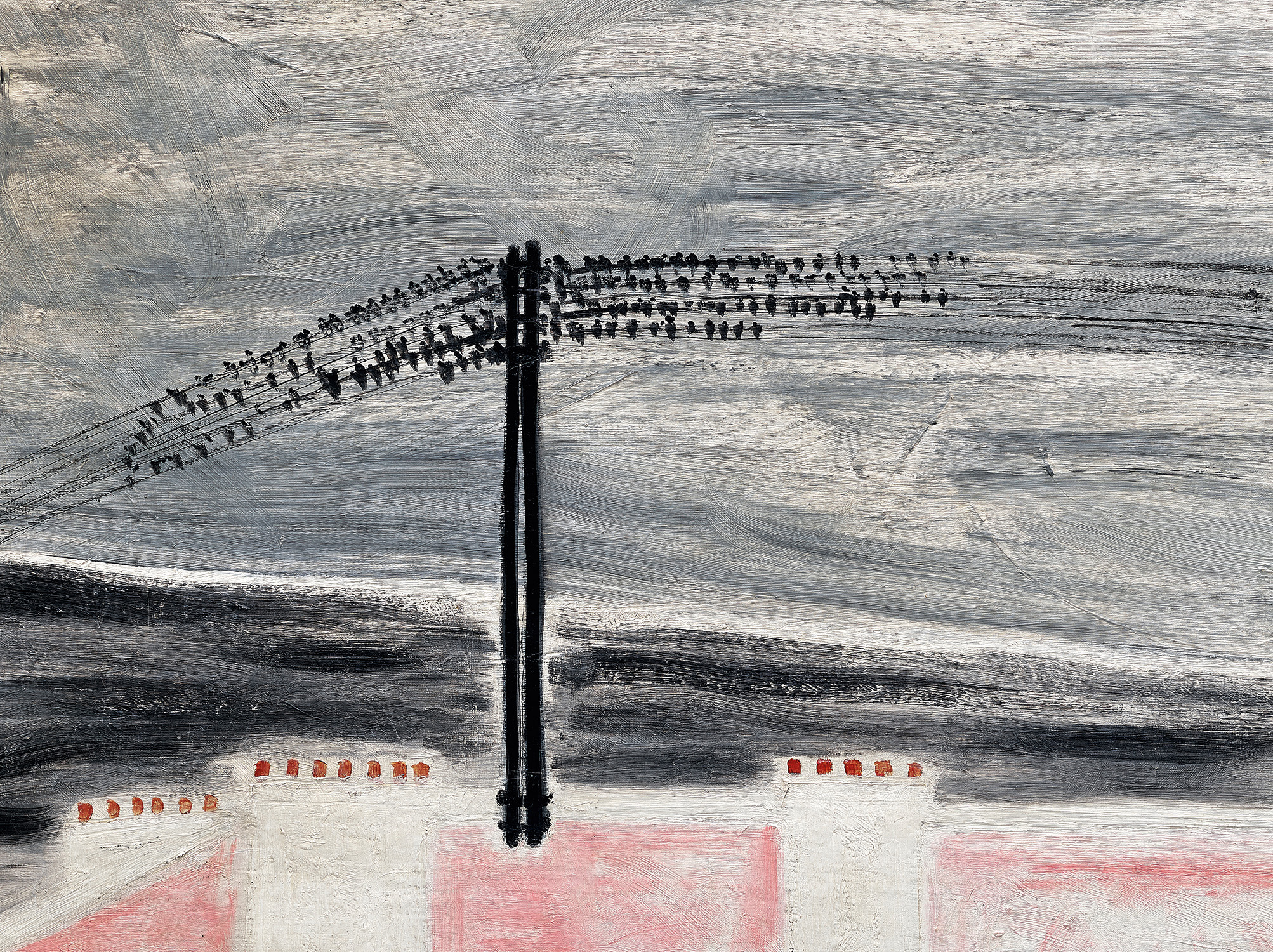





Property from an Important Private Asian Collection
24✱
Sanyu
Paysage Aux Hirondelles
signed 'Yu [in Chinese] SANYU' upper right; further signed and dated 'SANYU 20.4.1931' on the reverse
oil on canvas
50 x 80.5 cm. (19 5/8 x 31 3/4 in.)
Painted circa 1931.